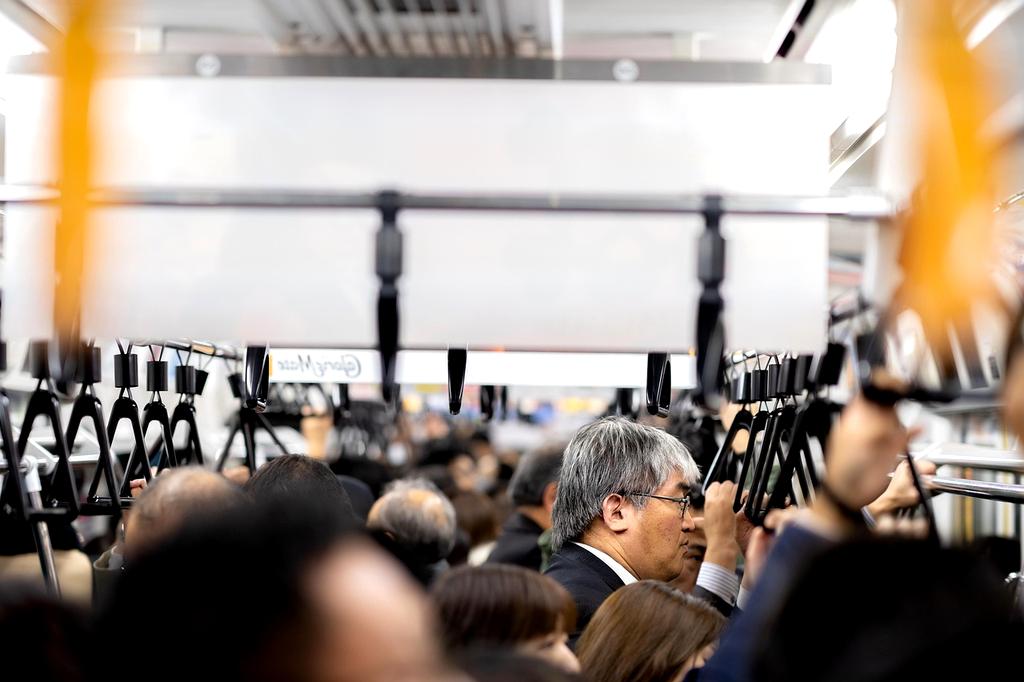
Navigate Your City With Confidence
A comprehensive guide for beginners to master public transportation systems and enjoy stress-free urban mobility.

A comprehensive guide for beginners to master public transportation systems and enjoy stress-free urban mobility.
Discover the many advantages of leaving your car behind

Reduce your carbon footprint and help combat climate change by sharing transportation with others.
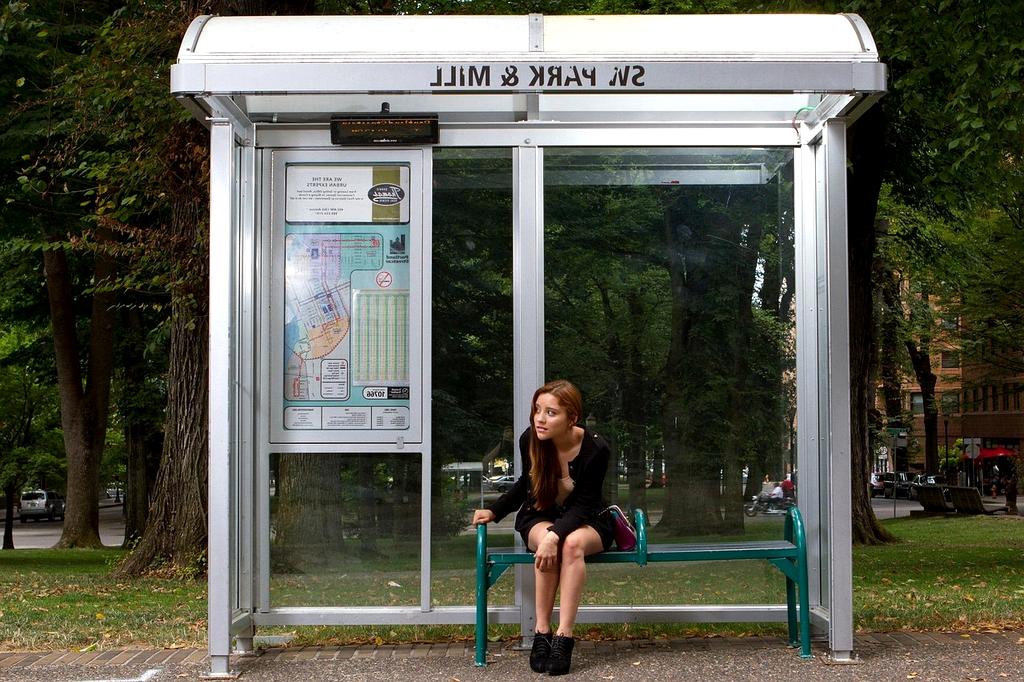
Save money on gas, parking, vehicle maintenance, and insurance by using public transit regularly.

Let someone else do the driving while you relax, read, or catch up on work during your commute.
Master public transportation with these simple steps
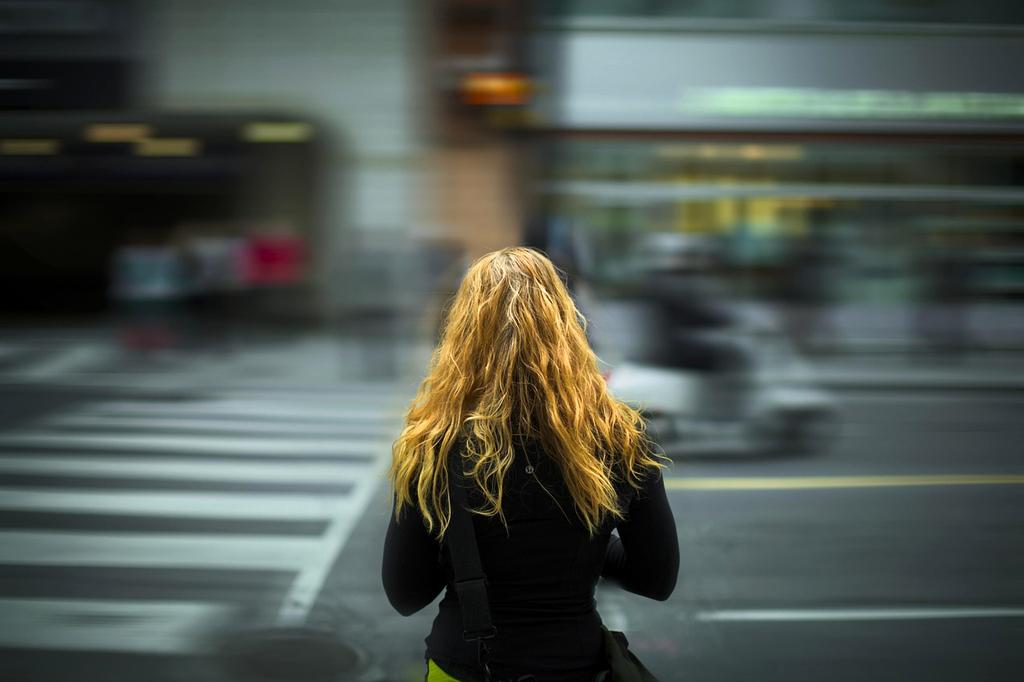
Before heading out, use transit apps or websites to plan your journey. Check schedules, routes, and estimated travel times.
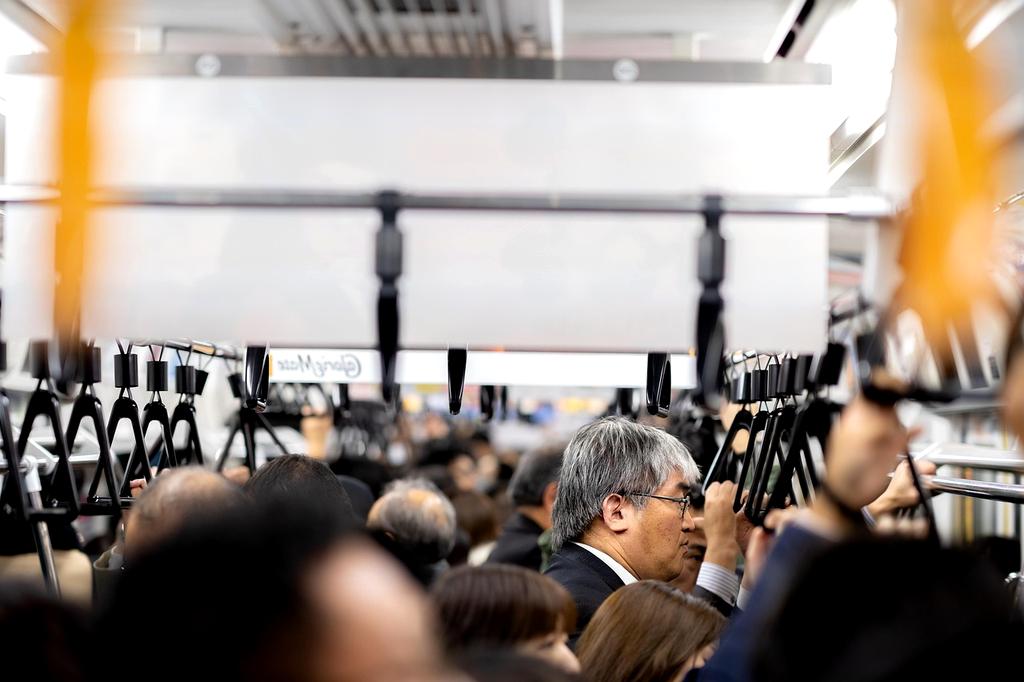
Learn about the different payment methods and fare structures in your city's transit system.
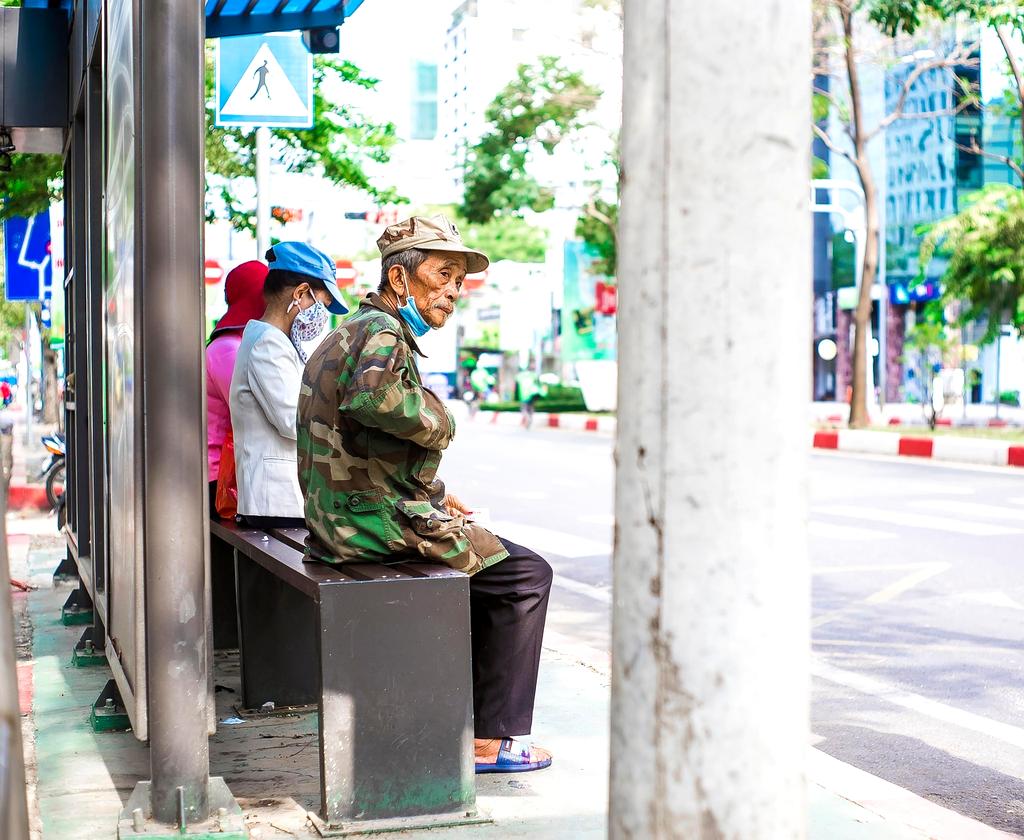
Be a considerate passenger by following these common courtesy guidelines.
Make your public transportation experience smoother with these helpful mobile applications.
Track your bus or train in real-time to avoid unnecessary waiting.
Purchase and store your tickets digitally for quick and easy boarding.
Get notified about delays, route changes, and other important updates.

Make your transit experience smooth and enjoyable
Hear from people who've mastered public transportation
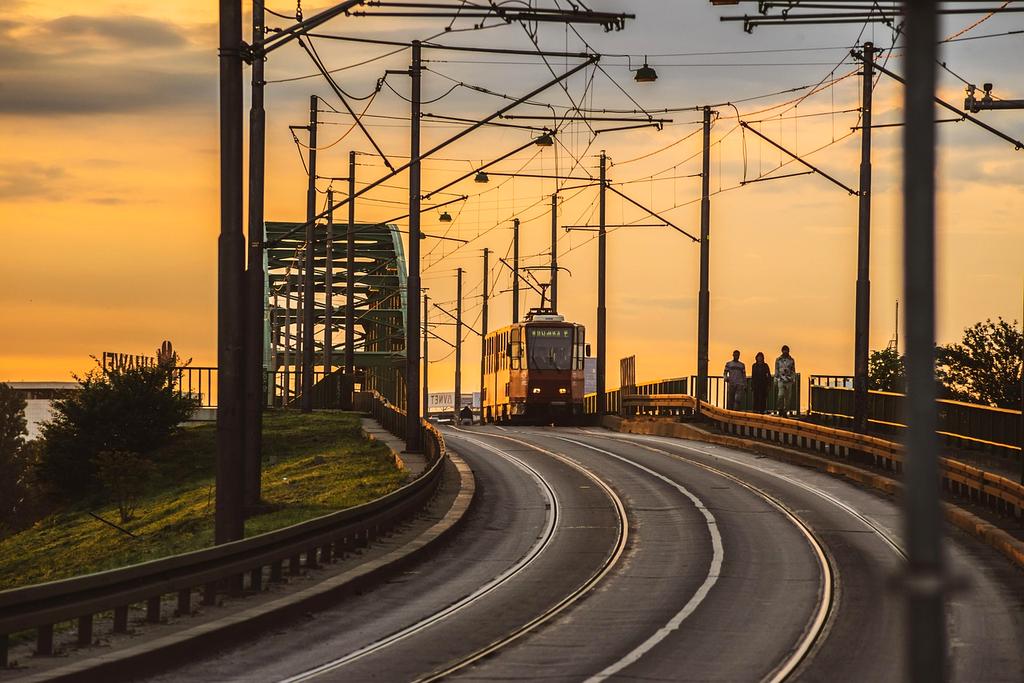
College Student
"I save over $200 a month by using public transit instead of owning a car. The bus route to my campus is reliable and gives me time to review my notes before class."
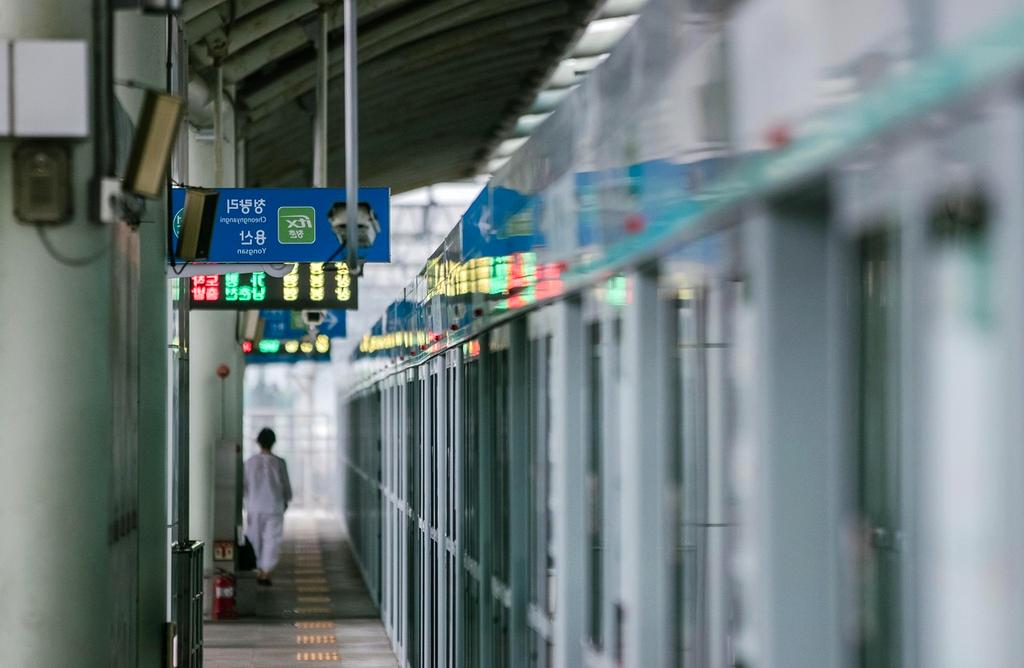
Marketing Professional
"Taking the subway reduces my stress levels dramatically. No more sitting in traffic or searching for parking. I get to work refreshed after catching up on my reading."

Retired Teacher
"Public transportation helps me maintain my independence. The accessibility features and helpful drivers make it easy for me to get around the city despite mobility challenges."
Get answers to common public transportation questions
Get the latest transit tips, news, and updates delivered straight to your inbox.